

1:30 am IST - 3:00 am IST
Past Event
1:30 am - 3:00 am IST
No. 6, second floor, Dr Jose P Rizal Marg, Chanakyapuri
Delhi
110021
Content from the Brookings Institution India Center is now archived. After seven years of an impactful partnership, as of September 11, 2020, Brookings India is now the Centre for Social and Economic Progress, an independent public policy institution based in India.
By Nidhi Varma
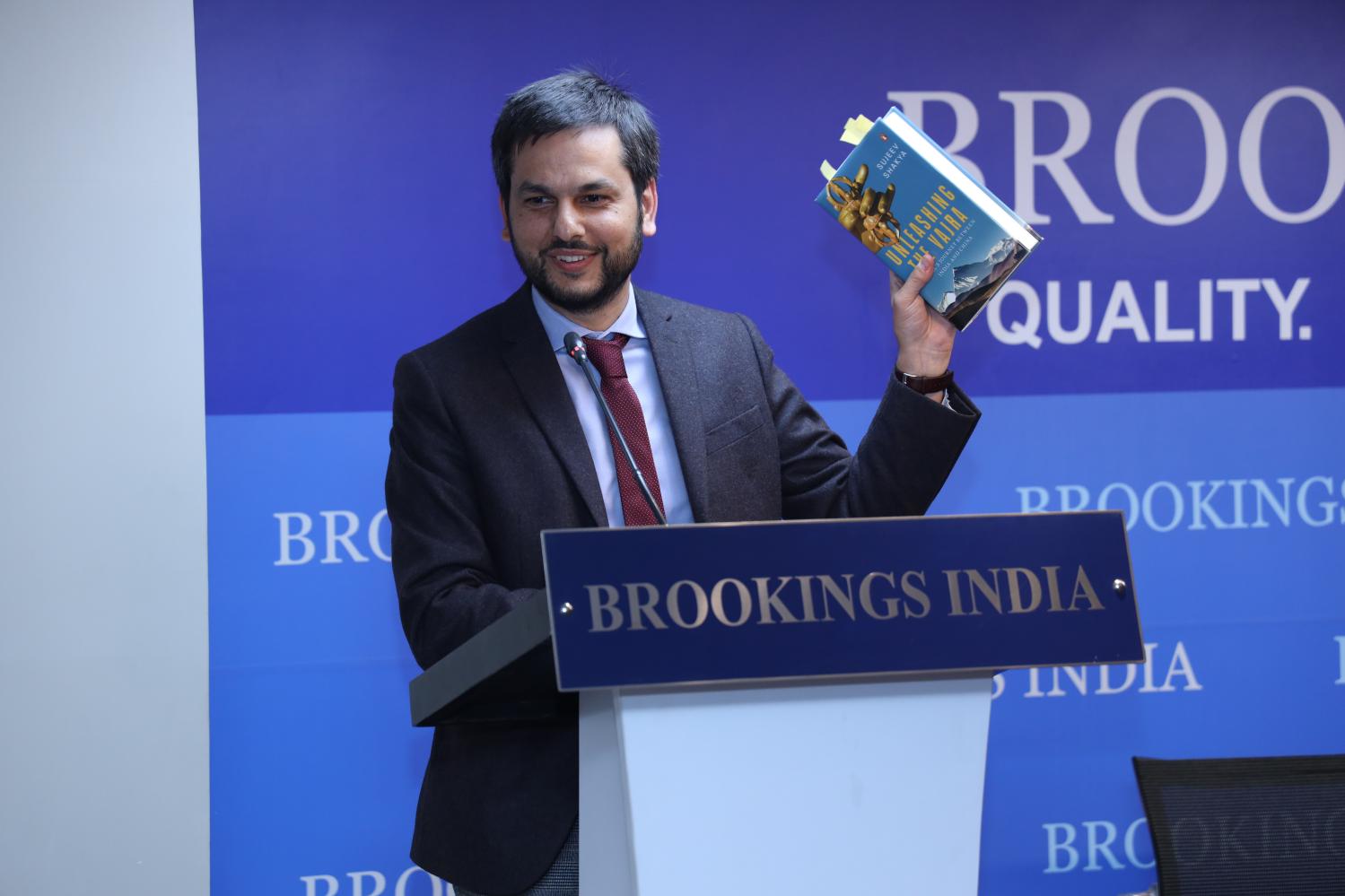
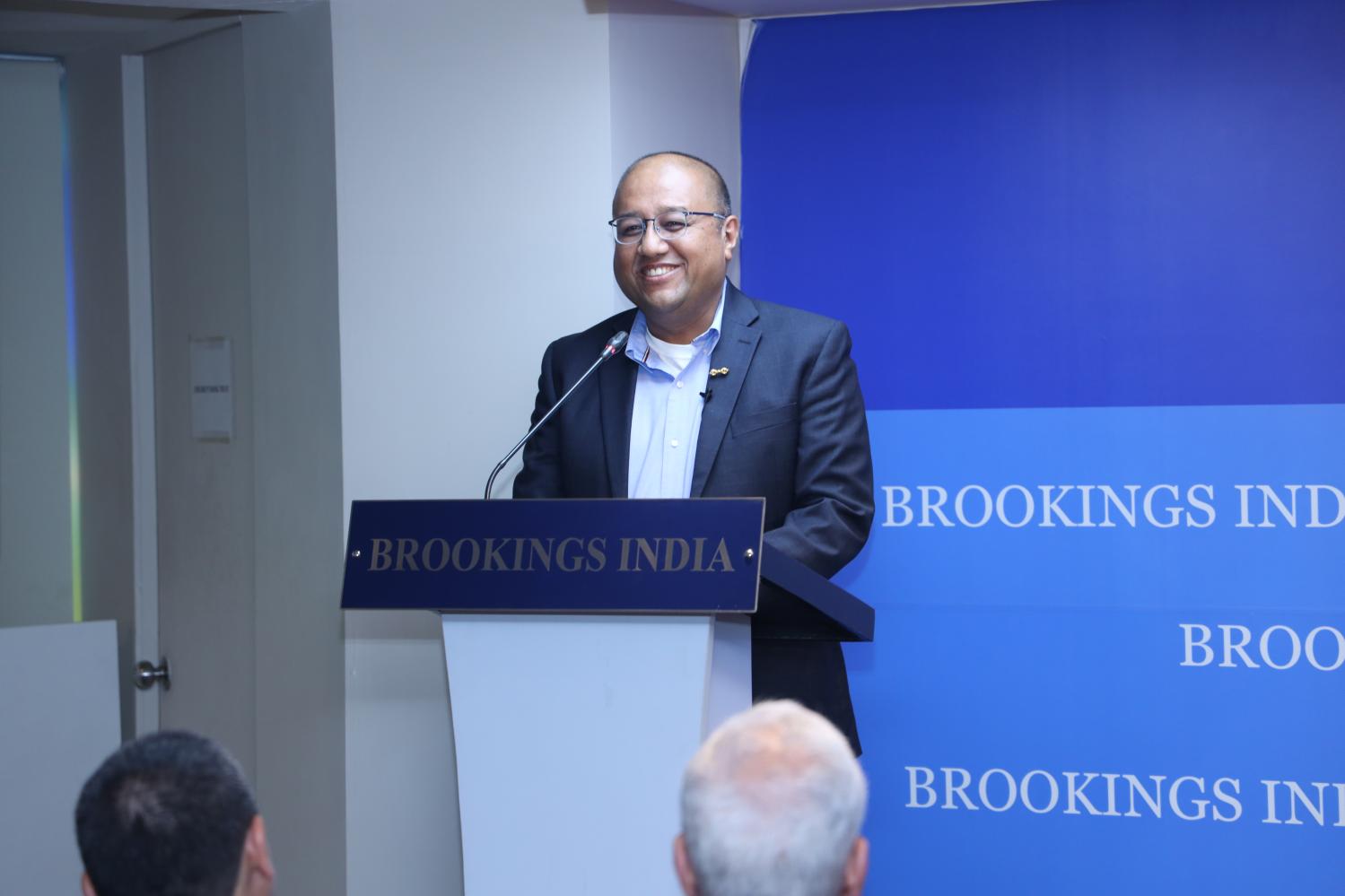
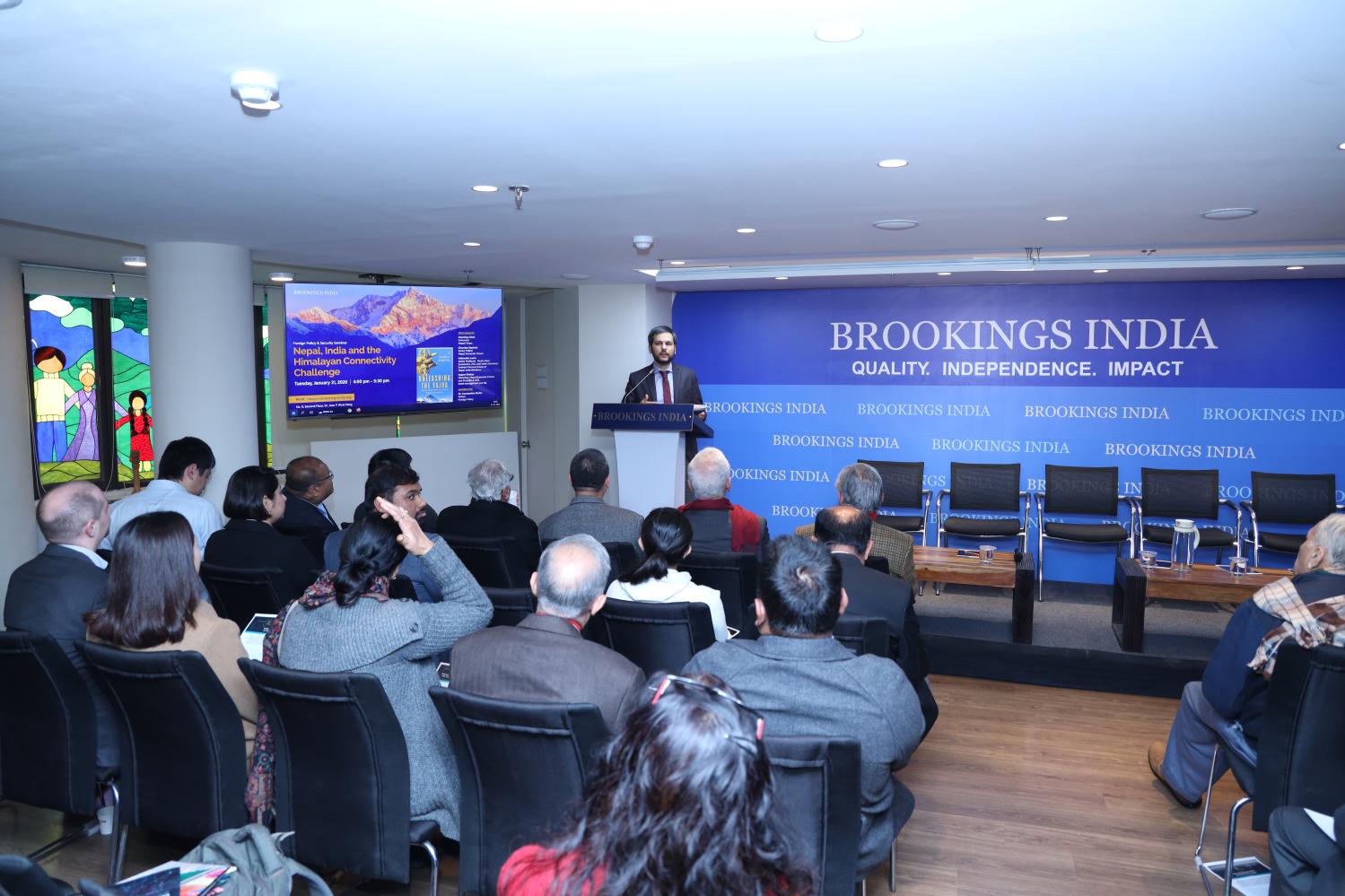
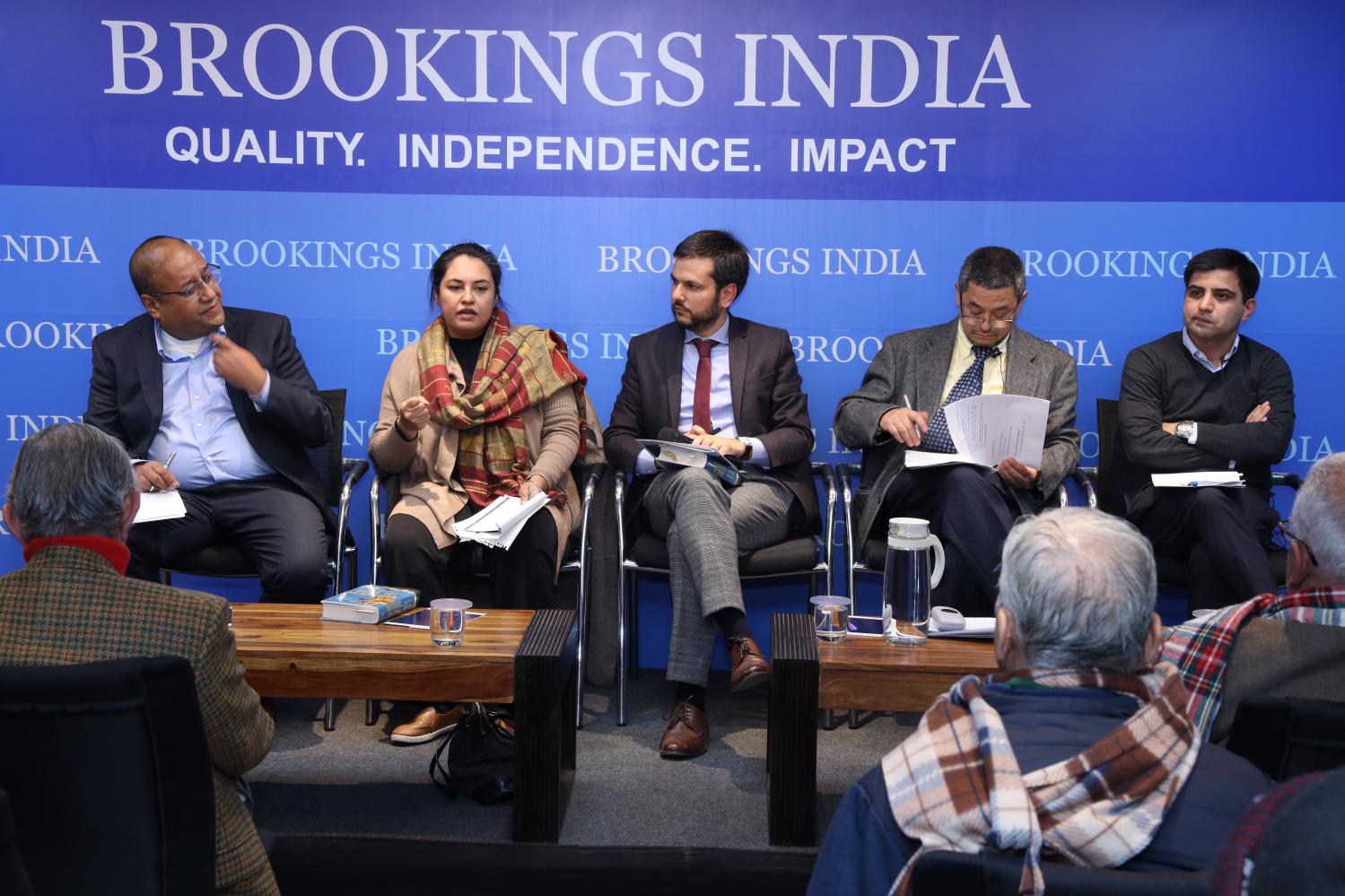
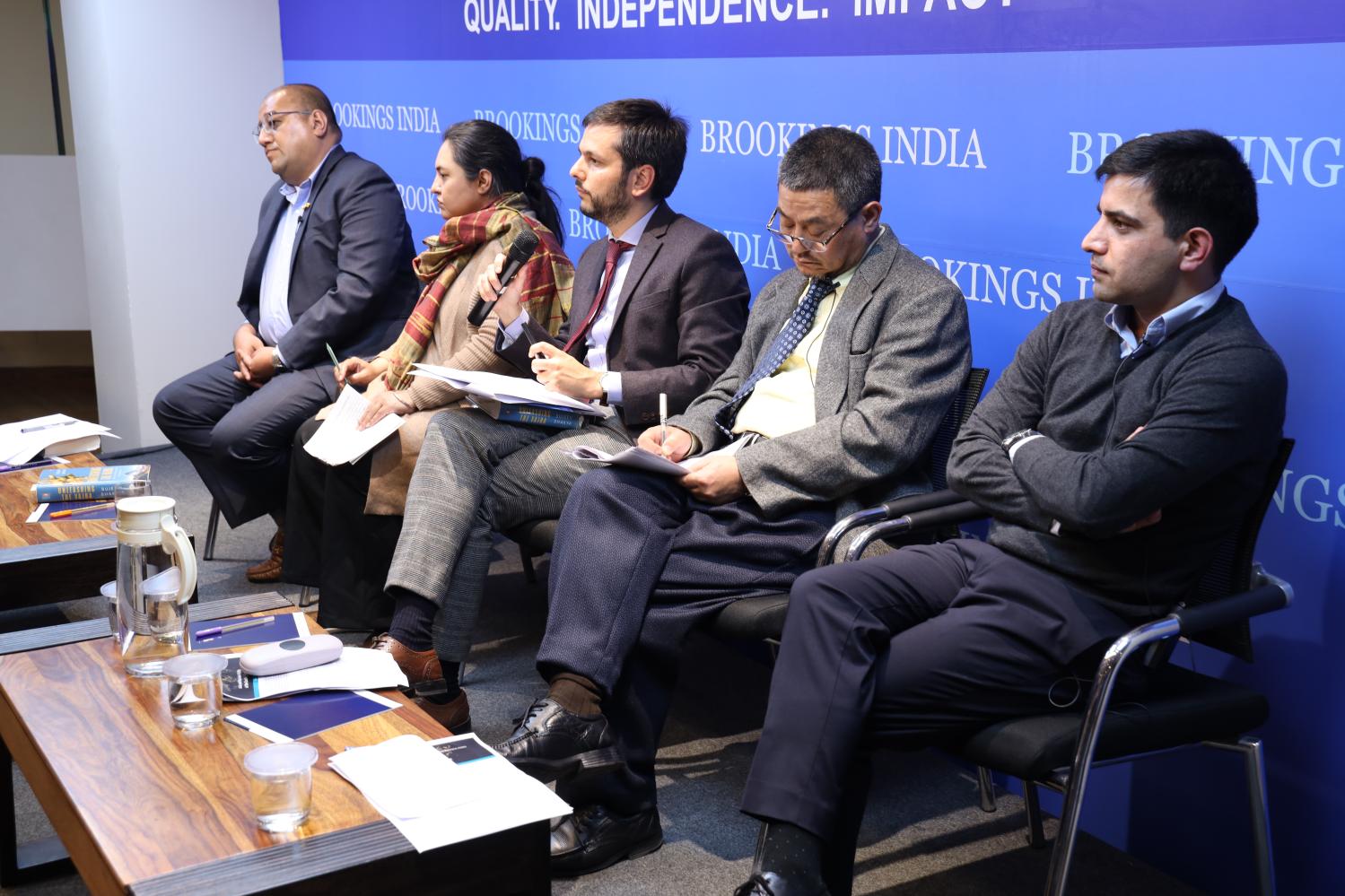
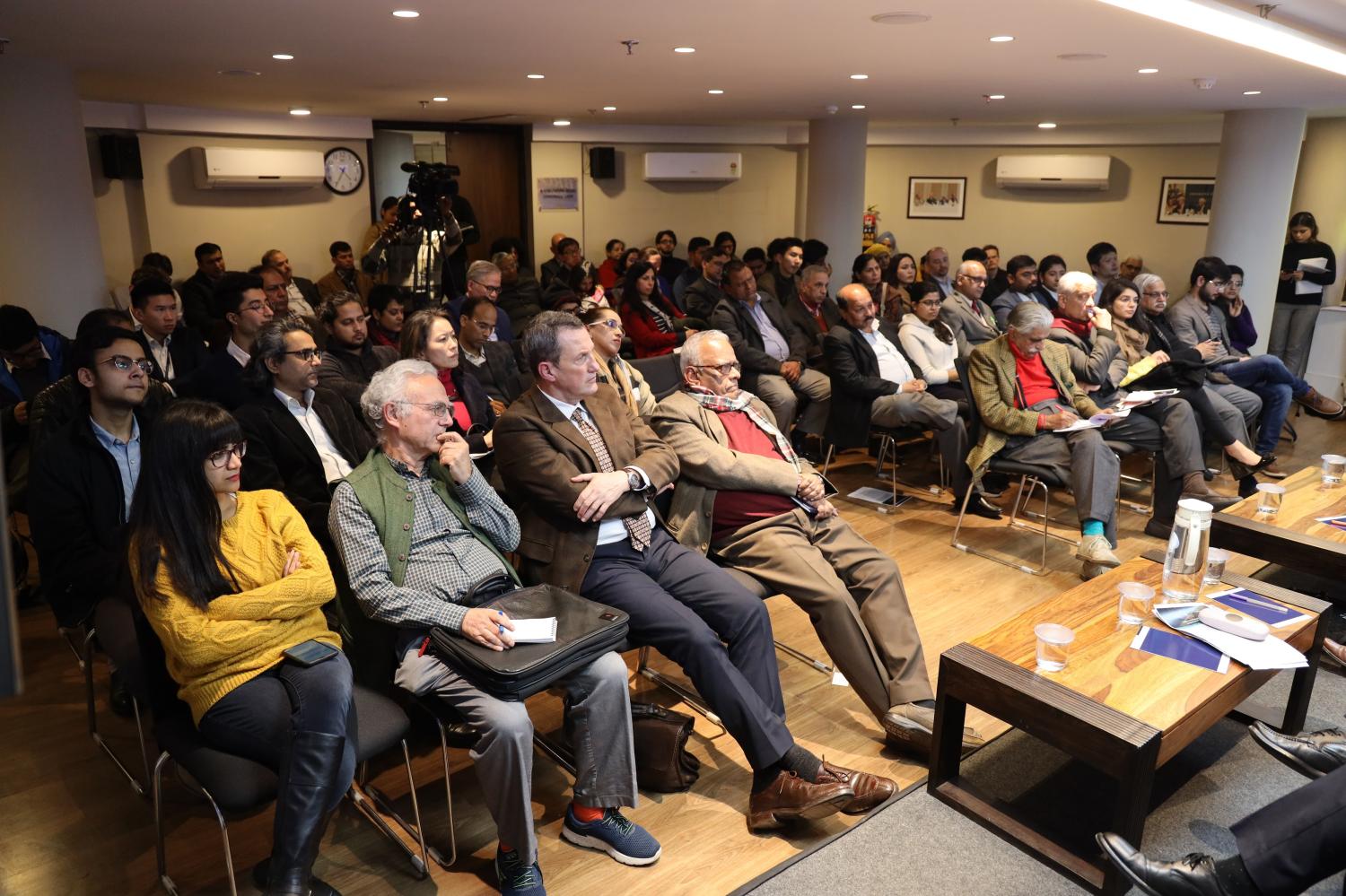
Nepal’s transformation
Sujeev Shakya discussed the contents of his book and highlighted how Nepal can no longer be viewed as a small country, with small problems. With a GDP of around $34 billion, it has transformed over the last 20-30 years. “We have more people with degrees, doctors, engineers, in the last 20-30 years. But we see more garbage in the streets, we see a more litigious society developing as well,” he said. This formed the basis of his studying Nepal through two key themes. The first involves looking at societal transformation for economic transformation (for example, why the removal of the Shah dynasty led to the rise of other new types of dynasties). The second involves the role that Nepal will play as a linking country between the two global economic drivers — India and China — a role it in fact already played in the 16th and 17th centuries when their combined global GDP contribution was at around 60%.
China and the Belt and Road Initiative: A new factor
The role of China was discussed extensively throughout the panel discussion. Akanshya Shah pointed out the growth of China’s role especially following the 2015 blockade. She said that “Xi Jinping’s visit to Nepal in October 2019 has been a game-changer, and Nepal’s relationship with China has moved from a comprehensive one to a very strategic one,” although the U.S. has also started playing an Increasingly Important role in Nepal, for example, via the Millennium Challenge Corporation. Mahendra Lama referred to China’s B.R.I. initiative as a “Trishul” approach of global, national and local integration which applies not just to Nepal, but the entire region. During discussions about Nepal’s economic choices, Chandan Sapkota highlighted the role of B.R.I. policy banks and how Chinese-led investments (at the commitment stage) have been picking up big projects in Nepal. At the same time, when asked about the reasons why the scale of the B.R.I in Nepal has reduced (from 12 projects down to 3 or 4), he stated that “the problems are inherent to Nepal rather than investors.”
India’s changing approach to Nepal
Another major point of discussion was how India’s approach to Nepal’s needs has changed. Shah discussed how India’s interventions in Nepal are still an important issue during every election. In response to a question on Nepal in relation to India’s Act East policy, Lama first discussed how Nepal’s cross-border connectivity has changed over the years, from a pilgrimage and nature-oriented connectivity in the 18th and 19th centuries, to the period of competitive assistance-based activity from the 1950s onwards – “you had projects like, if India does a Tribhuvan Rajpath linking India’s plains with Kathmandu, China does Kathmandu-Godavari Highway.” The current phase, driven by more friendly states and NGOs in Nepal, views India in competition with the B.R.I. To keep up, there is a need to push for a more project-driven approach. He highlighted a difficulty in India’s ability to “blend our vision of Act East Policy with what the neighbours really would like to get out of it.”
What region does Nepal belong to?
Another key theme of the panel’s deliberations related to Nepal’s position in various groupings. Shah talked about how Nepal has gained in geopolitical importance, but at the same time it poses a challenge for Nepal’s political leaders and foreign policy – “Can Nepal maintain a kind of control over its policies if it becomes a ground for too many players to be engaged in?”
She pointed out some difficult policy choices that were made, such as to withdraw from military drills with BIMSTEC. Nepal’s relationships to SAARC, BBIN, and the Indo-Pacific represent different pull factors. Ultimately, however, these were discussed as flexible initiatives which provided space for Nepal to choose from and to engage with all of them while playing a key role in their proceedings.
Moderator


Rahul Tongia, Anurag Sehgal, Puneet Kamboj
2020
Online Only
3:00 am - 4:40 am IST

Saneet Chakradeo
August 18, 2020